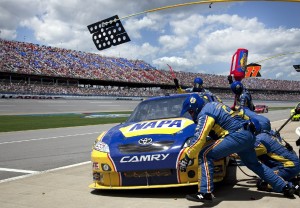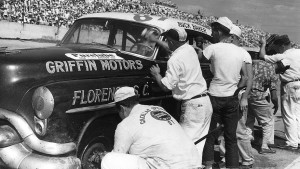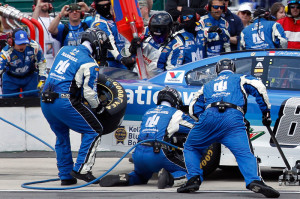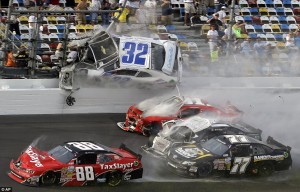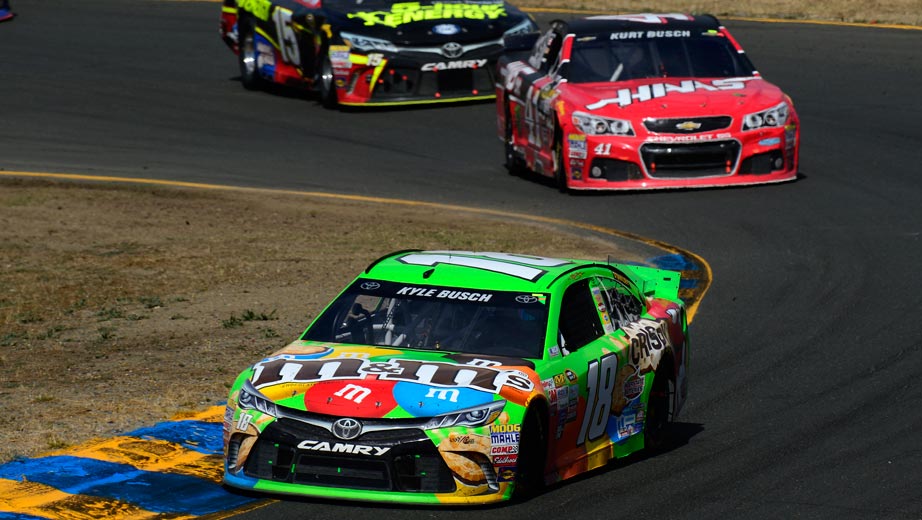Surprise Winners of the Daytona 500 Comments Off on Surprise Winners of the Daytona 500
Many familiar names in stock racing history, including Petty, Earnhardt, Waltrip, Johnson, Gordon and Yarborough have reached victory lane at the Daytona 500, but there have also been a number of surprising victors in the Super Bowl of Stock Car Racing.
Below is a look at some victorious Daytona 500 drivers who did not parlay their Daytona victory into memorable NASCAR careers.
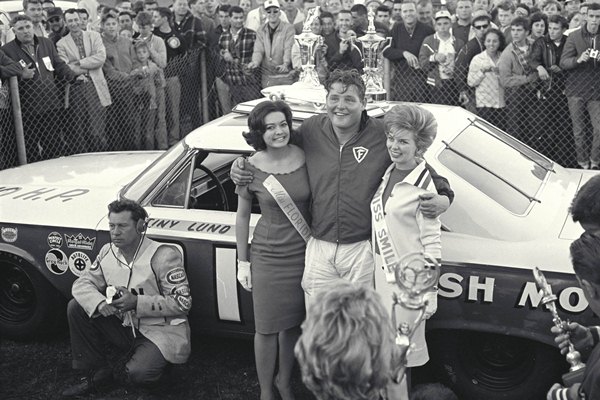
DeWayne “Tiny” Lund – 1963 Daytona 500 Champion; 5 career NASCAR wins
At 6-foot-5 and 270 pounds, DeWayne Lund’s nickname of “Tiny” was a bit of an oxy-moron, but the journeyman race car driver somehow managed to fit his large frame into a stock car and achieve notable success.
A part-time driver in NASCAR’s highest series, Lund came to the 1963 Daytona 500 looking for a ride. Not only did he leave as the Daytona 500 champion, but also as a hero. When his friend and 1961 Daytona 500 Champion Mavin Panch suffered an accident driving an experimental Ford in the Daytona Continental three-hour sportscar race (a precursor to the 24-hours of Daytona), the car burst into flames. Lund ran into the fire and pulled Panch from the wreckage. The act earned him the Carnegie Hero’s Medal and also a ride as Panch’s replacement in the Daytona 500.
Driving for the Wood Brothers, the plan was for Lund to maneuver the 500 miles on one less fuel stop than the rest of the field. Lund led late in the race before being passed with 10 laps left by Fred Lorenzen. However, he soon ran out of gas to give the lead back to Lund. Ned Jarratt soon passed Lund and looked poised for victory. However, with three laps left he too ran out of gas. Lund ran out of gas on the final lap, but was able to coast home for victory.
Read the rest of this entry →